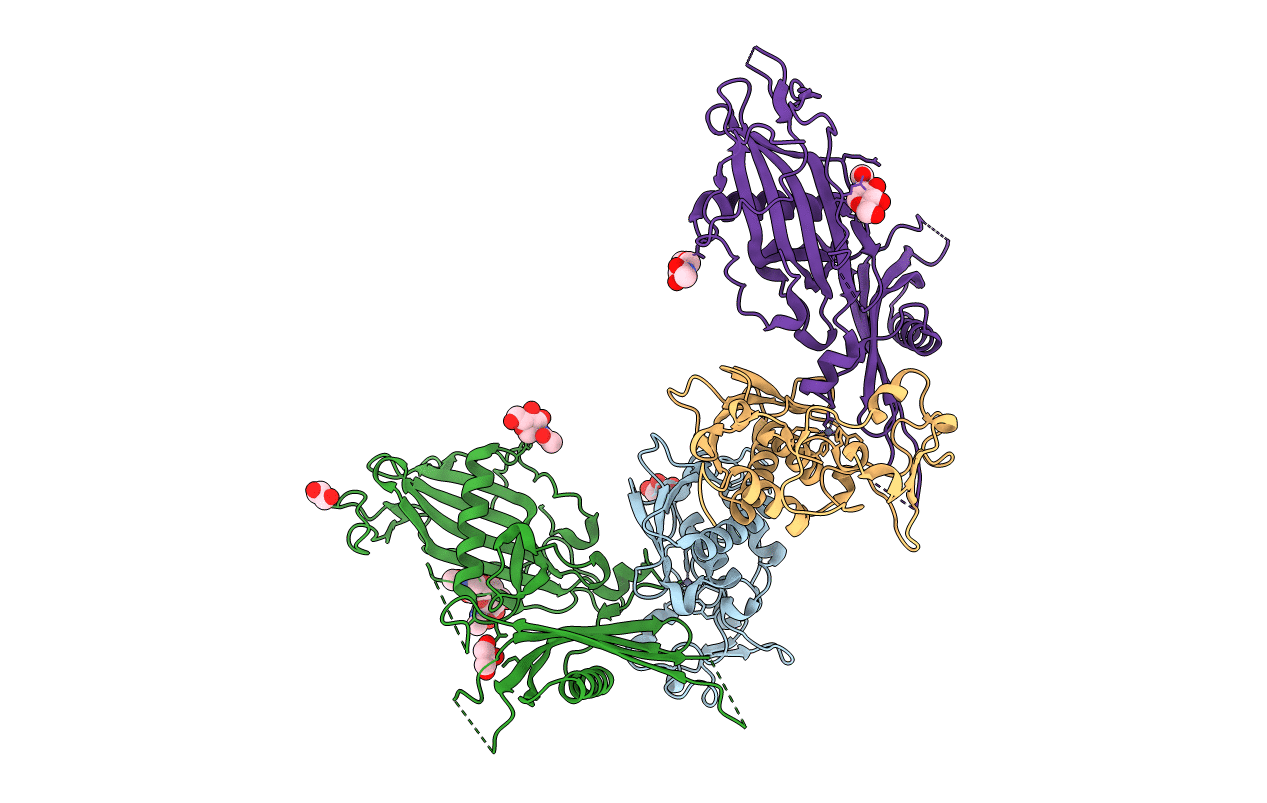
Deposition Date
2018-10-03
Release Date
2019-03-13
Last Version Date
2024-11-06
Entry Detail
Biological Source:
Source Organism:
Mus musculus (Taxon ID: 10090)
Astacus astacus (Taxon ID: 6715)
Astacus astacus (Taxon ID: 6715)
Host Organism:
Method Details:
Experimental Method:
Resolution:
3.10 Å
R-Value Free:
0.27
R-Value Work:
0.21
R-Value Observed:
0.21
Space Group:
P 21 21 21


